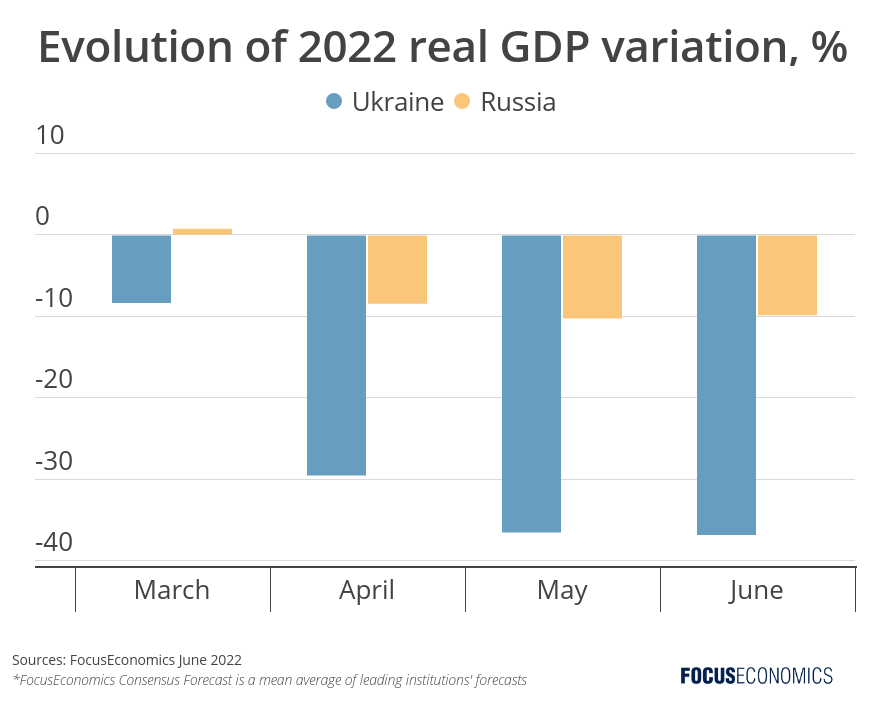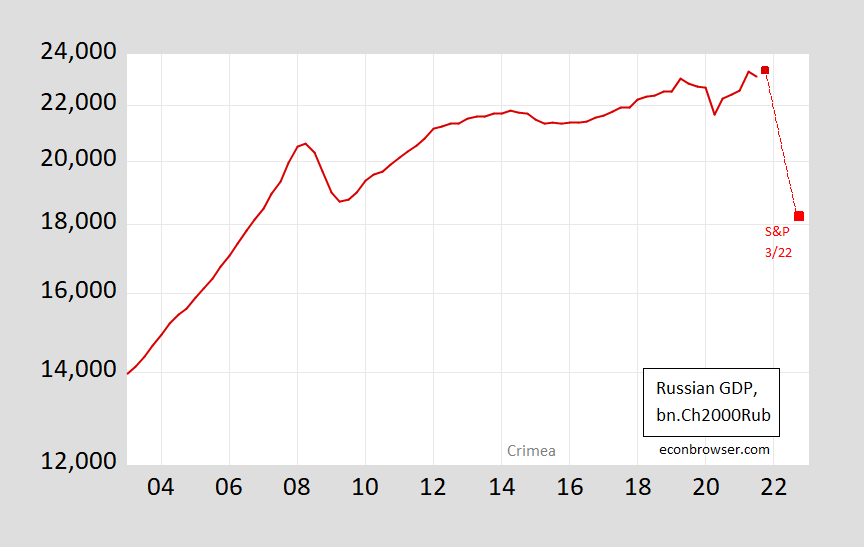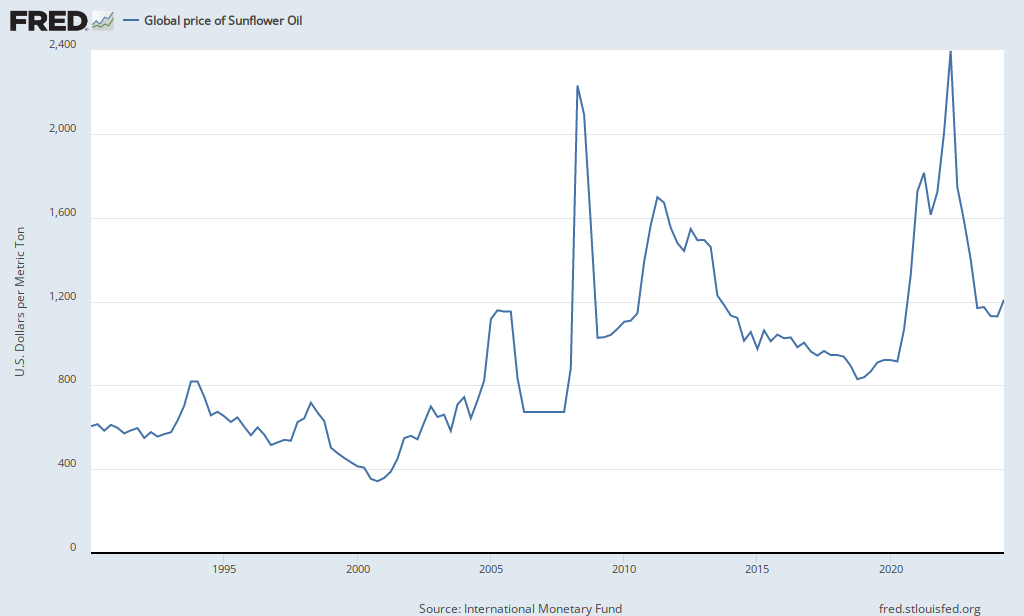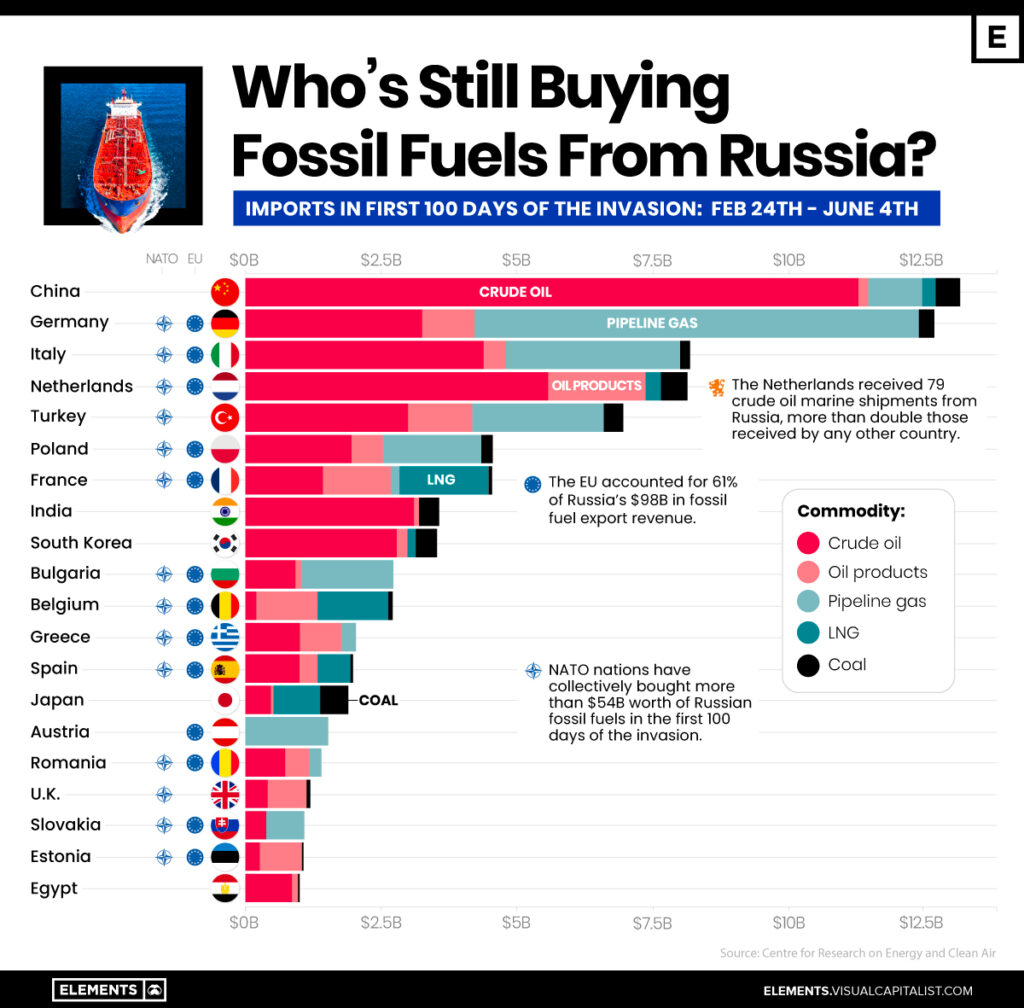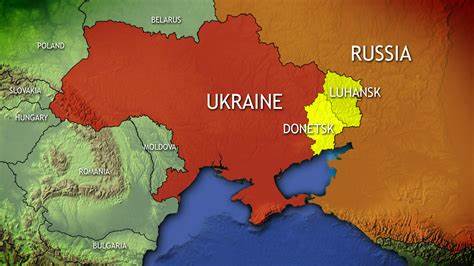
How Russia’s Economy still goes up?
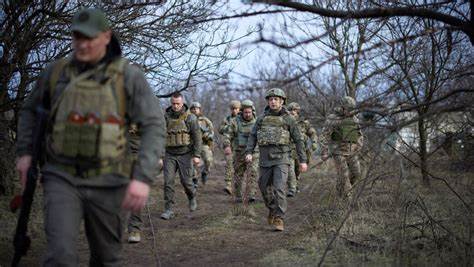
On the first day of the invasion, Ukraine’s President Volodymyr Zelensky reported that the death toll had reached 137 people, and 74 Ukrainian military facilities had been captured. As of October 2023, according to New York Times, deaths on the Ukrainian side have reached 70,000, with total casualties estimated between 110,000 to 120,000. Additionally, based on Reuters, the number of soldiers killed between the two countries has reached 354,000, estimated from US intelligence documents. European parties have concluded that this invasion is the worst event since World War II.
It has been 2 years and 4 months since Russia faced Ukraine’s approval of joining NATO. In response, the EU, US, UK, and other nations have been providing help through aid and imposing sanctions on Russia. These actions aim to pressure Russia economically, militarily, and diplomatically, in hopes of curbing its aggressive actions and promoting a resolution to the conflict.
Factors that make Russia’s economy should have down
Financial Sanctions and Embargoes
The sanctions cover many of Russia’s key export goods, including crude oil, refined petroleum products, coal, gold, timber, and various steel products. They prevent the Central Bank of Russia from accessing and converting dollars and euros into rubles and restrict Russia’s sovereign wealth fund. The expelled institutions are VTB Bank, Bank Otkritie, Novikombank, Promsvyazbank, Rossiya Bank, Sovcombank, and Russia’s development bank, VEB.
Access to the SWIFT system is crucial for conducting international business, as more than 11,000 financial institutions worldwide use SWIFT, sending around 38 million messages daily. With seven Russian banks banned from SWIFT, they lack access to international markets, making it difficult for individuals and companies to borrow or invest money across borders, receive cash for exports, and pay for imports.
Nevertheless, the US Treasury claims sanctions are damaging Russia, having cut 5% from the economic growth it might have had over the past two years. In 2022, the first year of the war, Russia’s economy shrank by 2.1%, according to the International Monetary Fund.
Press the graph image.
Lower GDP
Sanctions target various sectors of the Russian economy, including finance, energy, and defense, and impose personal sanctions on high-ranking officials and oligarchs. Despite this, Russia’s GDP has been impacted by several factors:
- Higher Commodity Prices: Oil prices have risen by at least 50%, even without a full embargo. Metal prices have also increased, as Russia is a major producer of aluminum, titanium, palladium, and nickel. Moreover, the United States has requested that some conuntries, India for instance, to reduce its oil imports from Russia.
- Agricultural Disruptions: Both Ukraine and Russia are among the top ten wheat producers globally. The war has reduced production in both countries, leading to significant disruptions. Russia’s wheat production increased from 77,000 metric tonnes in 2020 to 91,000 metric tonnes, while Ukraine’s production dropped from 29,171 metric tonnes to 23,400 metric tonnes. These disruptions have increased pressure on grain prices.
- Government Measures: To counteract these challenges, Russia has increased its wheat production by removing barriers for producers and allowing expansion in its agricultural technology sector.
Overall, higher commodity prices have been one of the most serious effects on Russia’s economy, influencing both domestic and international markets.
Russia’s Condemnation (and weaponry)
The USA has tried to cut off Russia’s supply of military equipment by imposing export controls, preventing many companies from selling critical technology to Russia. Despite this, the USA and other countries have dispatched military aid, including lethal weapons, directly to Ukraine. Currently, 18 countries have sent aid to Ukraine, amounting to 0.1% of their GDP. The USA also attempted to persuade Colombia to dispatch additional military weapons, but Colombia declined.
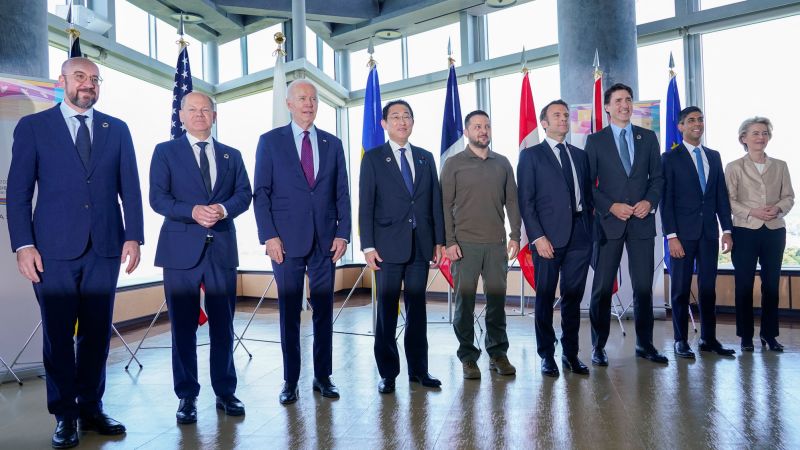
Russia has faced significant diplomatic isolation on the international stage. Many countries have expelled Russian diplomats, and Russia has been excluded from international forums and organizations, such as the G8, which reverted to the G7. Despite these efforts, analysts suggest that Russia is facing a shortage of precision weaponry, such as cruise missiles, which require high-tech equipment. Additionally, Russian soldiers report a lack of night-vision equipment and surveillance drones on the front lines.
The actual outcome of Russia’s Economy
Despite all the efforts, have these measures been effective? Initially, yes, but not for long. Russia experienced a slight decline in economic growth in 2022, but the growth rebounded in 2023.
Financial Sanctions and Embargoes
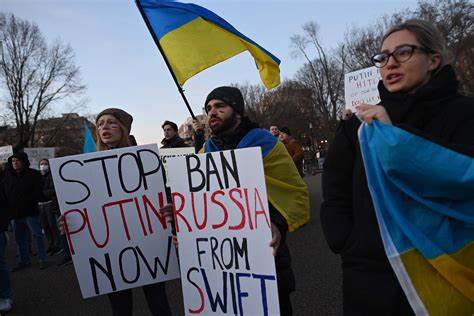
“However, measures to restrict Russia’s energy exports are still off the table, reflecting fears in European capitals that sanctions of that nature would send EU economies into recession. The US Treasury has planned carve-outs from sanctions for Russian energy exports, and Russian banks involved in the energy trade will not be excluded from SWIFT.” Agathe Demarais, Global Forecasting Director, EIU.
As the second anniversary of Russia’s full-scale invasion of Ukraine approaches, the Russian state is still earning billions from oil and diamond exports. Its military factories are operating at full capacity, and many Russian banks can still access the international financial system. Additionally, some Russian banks involved in energy trade continue to operate and have not been excluded from the SWIFT system (Society for Worldwide Interbank Financial Telecommunication).
Lower GDP
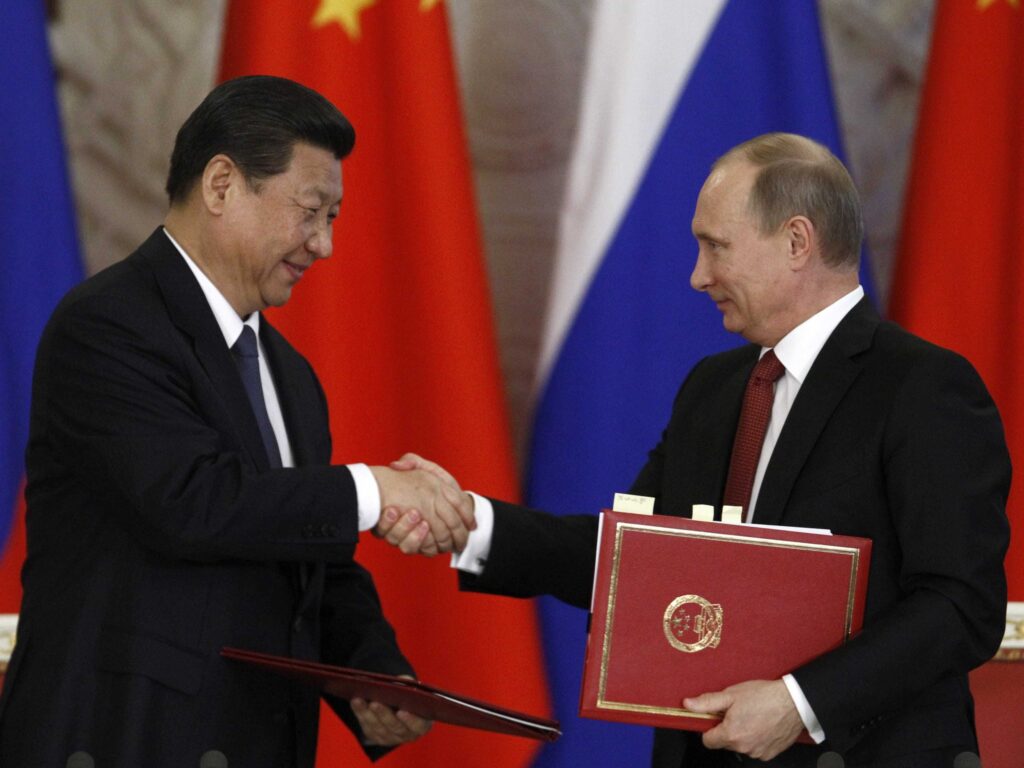
However, estimates suggest that Russia’s economy will grow by 2.2% in 2023. While based on IMF, Rusia has been expected to raise 3.2% of economic growth, higher than UK, France, and Germany. Despite the EU cutting off oil supply exports from Russia, China has stepped in, dominating 70% of Russia’s oil supply. This significant trade relationship helps Russia maintain its GDP.
In the end, sanctions haven’t burdened the Russia’s economy efficiently, as Dr. Snegovaya suggests: “Sanctions have not made waging this war sufficiently costly for Russia, and that means it can continue with it for some time to come”.
Russia’s Condemnation
Despite the efforts of the US, UK, EU, and 37 other countries to supply military weapons to Ukraine, Russia continues to maintain alliances with countries that oppose condemning them, such as Iran and North Korea. Reports indicate that North Korea and Iran have delivered drones and military weapons to Russia, enhancing its arsenal and improving its preparedness.
Instead, Western countries, particularly those that have declared condemnation of Russia, have found themselves in tough economic situations after pressing sanctions and embargoes.
Food Supply Crisis
The disruption of harvests and the Russian grain blockade have significantly impacted global food supplies, particularly affecting developing countries that rely heavily on imported wheat. Approximately 85% of Africa depends on this essential commodity, and the blockade has exacerbated the crisis. Additionally, the conflict has disrupted around 75% of the world’s sunflower oil supply, another critical resource for food security. The intertwined nature of this crisis with the ongoing energy crisis highlights the broader economic impact. High fuel prices have increased the cost of fertilizers and transportation, which in turn has squeezed farmers’ profits and driven up food prices for consumers.
As Laura Wellesley, a senior research fellow in the Environment and Society Programme, explains, “It’s impossible to separate the food crisis from the continuing energy crisis. High fuel prices drive up fertilizer prices and transport costs, which in turn squeeze farmers’ profits while increasing the price of food for consumers.”
Energy Fuel Crisis
When Russia invaded Ukraine, it was Europe’s main energy supplier, covering 40% of the EU’s gas supply. Following the invasion, Russia significantly reduced its energy exports, partly due to sanctions, leading to high energy prices in the EU. This situation is particularly challenging during the colder months, as the reduced supply has driven up costs for heating and energy across Europe.
Economic Growth
Beyond the severe humanitarian crisis resulting from Russia’s invasion of Ukraine, the entire global economy is experiencing the repercussions of slower growth and accelerating inflation.
According to the World Economic Forum, the financial impact of the invasion is estimated at $2.8 trillion, equivalent to the annual GDP of France. Rising food and fuel prices have contributed to increasing inflation, which, in turn, leads to higher interest rates as governments attempt to control inflation. However, these higher interest rates can dampen economic activity by increasing the cost of debt, further straining economic performance.
Supply Chain Disruption
Based on the World Economic Forum, disruptions to the flow of the supply chain have severely impacted global trade dynamics. This has compelled companies to reassess and, in some cases, completely overhaul their established supply chains and partnerships. This disruption affects all sectors of transportation, including:
- Land-Based Export Disruption: This is a significant issue due to the challenges of transporting goods through areas influenced by the conflict, raising safety concerns.
- Air Transport Disruption: Safety concerns have also impacted air travel, complicating the movement of goods and passengers.
- Sea Freight Disruption: The cancellation of routes through the Black Sea has caused major interruptions in maritime shipping, affecting global trade flows.
Still on the World Economic Forum, if we consider alternative sourcing strategies. Governments and businesses will no longer able to rely on traditional suppliers. While such changes are crucial, they come with their own set of challenges and implications.
In the end, some countries have come to tackle the issues, proven by increasing US’s value and overall economic growth. This doesn’t veil the evidence that Russia’s sanctions had undermined the global economy, not even the nations who demanded the sanctions.
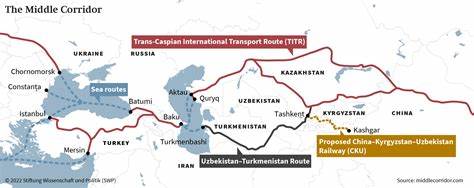
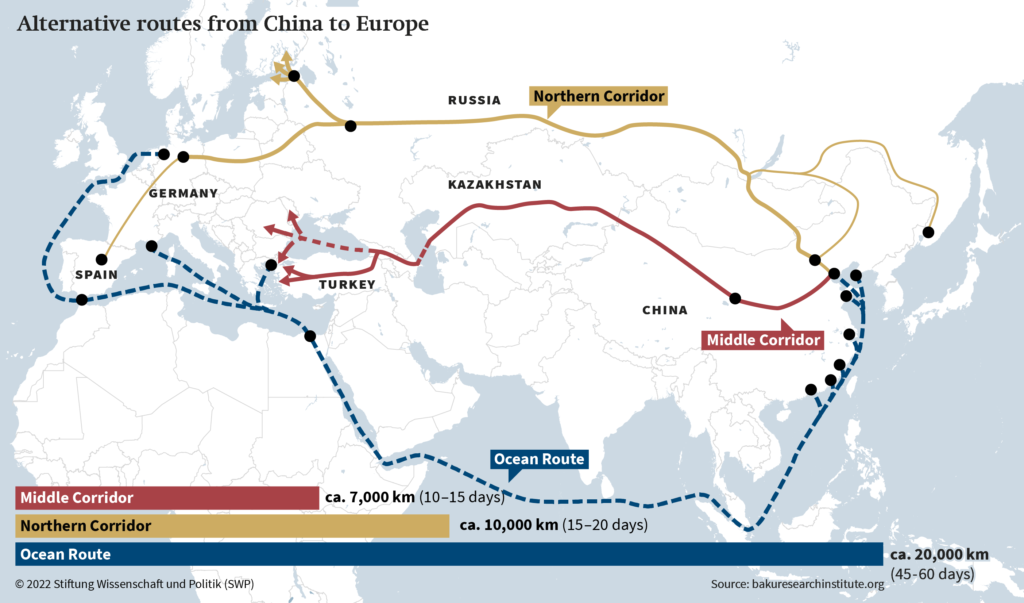
How the bear country maintain it?
Despite the efforts of the United States and its G7 allies to cut off Moscow’s oil revenues and limit its access to military technology, Russia has managed to sustain stability across various sectors. The primary reason for this resilience is Russia’s status as a major exporter of some of the world’s most crucial commodities.
We have growth, and they have decline. They all have problems through the roof, not even comparable to our problems.
Vladimir PUTIN – 01/2024
Financial Sanctions
Based on CNN, there are still ample buyers for Russia’s primary exports, including oil and other commodities. Many countries in Asia have not joined the sanctions against Russia, thus providing it with continued markets for its oil and access to high-technology equipment previously sourced from the West. In fact, according to Deputy Prime Minister Alexander Novak, India and China now account for 90% of Russia’s oil exports.
Additionally, Russia has established a new network of shippers to bypass restrictions and continue selling its products, particularly to Asian nations.
Lower GDP
Investments from corporate and state-owned enterprises, along with “robustness in private consumption” within Russia, have promoted growth alongside strong oil exports, according to Petya Koeva Brooks, deputy director at the IMF.
Besides that, according to Reuters, annual data showed on 7th February 2024, that Russia’s growth heavily relies on state-funded arms and ammunition production, masking issues that hinder improvements in Russians’ living standards.
Russia’s condemnation (and weaponry)
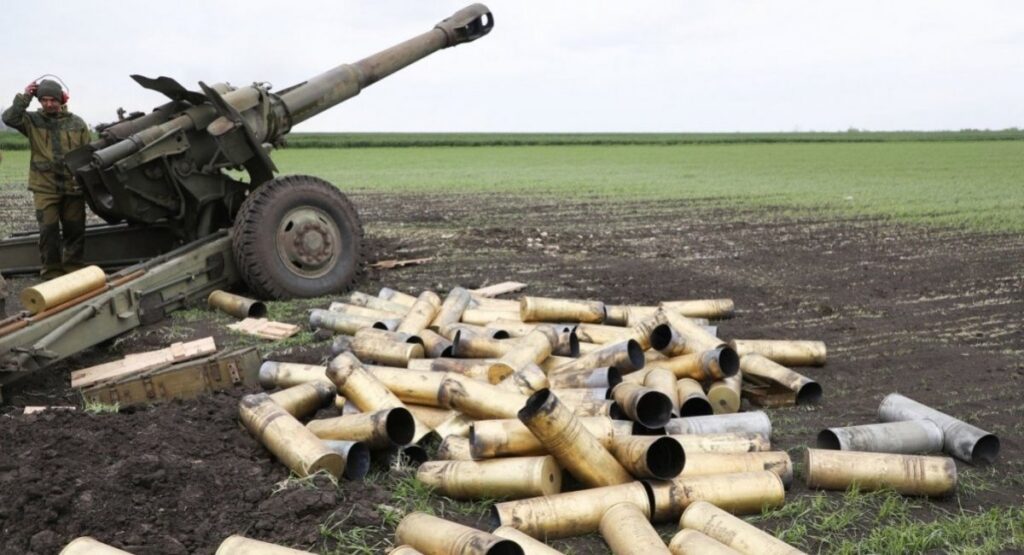
Despite global condemnation, there are countries that chose on siding with Russian, North Korea and Iran to be specific. In fact, North Korea has shipped over 1 millions of artillery shells to Russia by August 2023, the United States has said. Iran has provided Russia with unmanned “kamikaze” drones that Moscow has deployed for attacks against civilian infrastructure in Ukraine. Additionally, China has continued to supply Russia with dual-use goods like microchips that make their way into military equipment.
Rostec, a Russian state-owned defense company, increased the production of armored vehicles nearly fivefold in the year to November, according to its chairman Sergei Chemezov. There have been similar vast increases in the production of munitions and drones.
“We boosted the production of munitions for firearms and MLRS [multi-launch rocket systems] by 50 times,” Chemezov said to Putin at a Kremlin meeting in December.
Overall Point
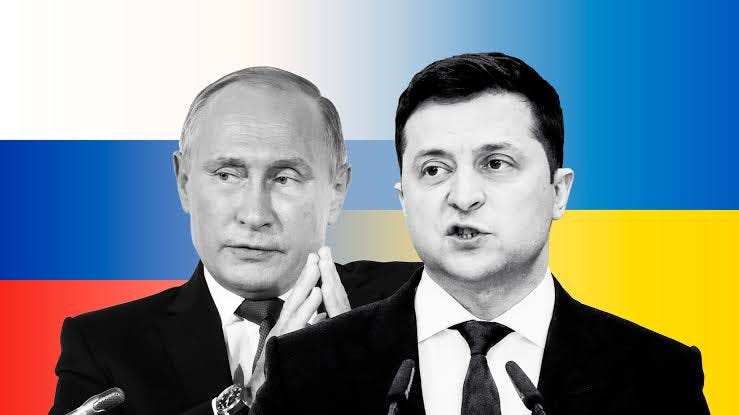
In the end, although Russia has maintained economic stability through its supply chain, commodities, energy, import, and export, the economy faces risks from its growing reliance on China for oil and gas. Nearly half of Russia’s imports now come from China, a partnership Putin sees as beneficial. However, if this jeopardizes China’s access to Western markets, Beijing might reconsider.
War and sanctions have impacted Russia’s economy. The International Energy Agency forecasts a 40% to 50% decline in Russian oil and gas exports over the next seven years due to unreplaced equipment and stymied foreign investment. Recent US sanctions on the Arctic LNG-2 project signal further challenges, with gradual effects expected to darken Russia’s economic outlook.
Despite these pressures, Russia’s advantage in mass production and labor reservoirs allows it to sustain its war efforts against Ukraine. The best Ukraine can do, with continued Western support, is to stalemate Russia’s war machine and hope for worsening economic fault lines in Russia.
As Russia’s war on Ukraine rages on, only time will tell whether that will be enough. – Chatham House, 2023
Home Posts
Sources
https://www.nytimes.com/interactive/2023/02/23/world/russia-ukraine-geopolitics.html
https://fred.stlouisfed.org/series/PSUNOUSDM
https://www.bbc.com/news/world-europe-60125659
https://www.bbc.com/news/business-68823399
https://www.weforum.org/agenda/2022/03/war-ukraine-global-economy-inflation
https://edition.cnn.com/2024/01/29/europe/russia-sanctions-putin-ukraine-economy-intl/index.html
https://www.chathamhouse.org/2023/02/seven-ways-russias-war-ukraine-has-changed-world
https://www.weforum.org/agenda/2022/07/ripple-effects-from-russia-ukraine-war-test-global-economies

